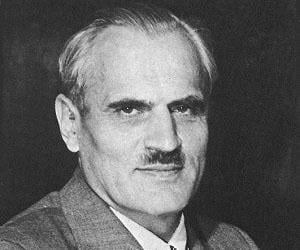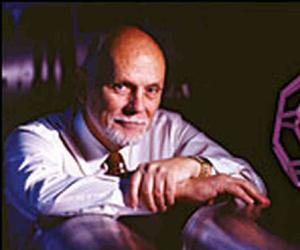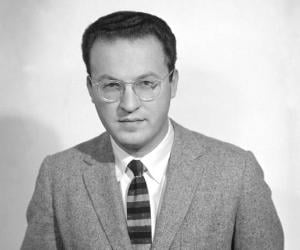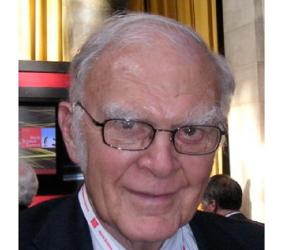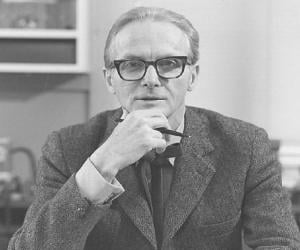American physicist Arthur Compton is best-known for introducing Compton wavelength, discovering Compton scattering, first identifying the Compton–Getting effect in the intensity of cosmic rays along with Ivan A. Getting, and for the Compton generator. He received the Nobel Prize in Physics in 1927 for discovering Compton effect. He also remained a prominent figure during the Manhattan Project.
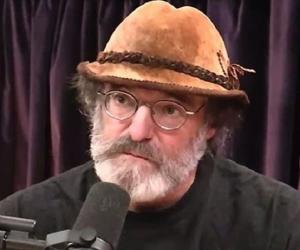
Paul Stamets is an American entrepreneur and mycologist. An ardent supporter of mycoremediation and medicinal fungi, Stamets sells various mushroom products. In 2014, he was honored by the American Association for the Advancement of Science with an Invention Ambassador award. In 2019, he contributed immensely to the creation of a documentary film titled Fantastic Fungi.
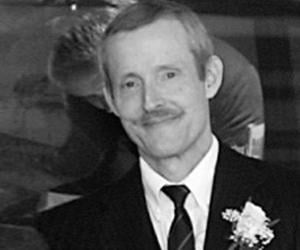
Bruce Edwards Ivins was a microbiologist and vaccinologist. He served as the senior biodefense researcher at the United States Army Medical Research Institute of Infectious Diseases (USAMRIID). He was the suspected perpetrator of the 2001 anthrax attacks and died in an apparent suicide after realizing that he was likely to face criminal charges for his alleged role in the attacks.
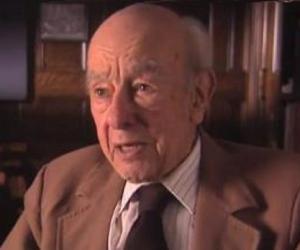
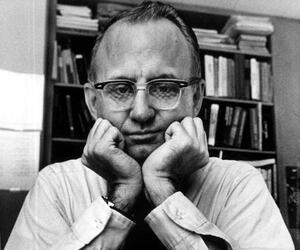
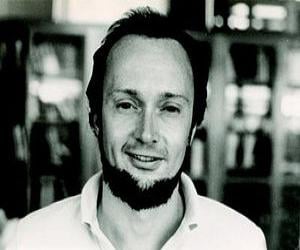
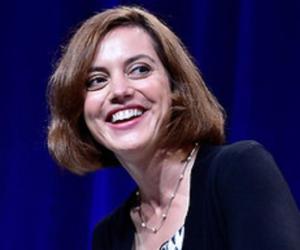
Astronomer Amy Mainzer has been associated with NASA's NEOWISE mission and specializes in asteroid detection. The Stanford and Caltech alumna now teaches at the Lunar and Planetary Laboratory of the University of Arizona and has also appeared on the History Channel series The Universe and in several documentaries.
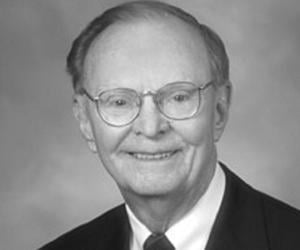
Richard M. Krause was an American physician, immunologist, and microbiologist. From 1975 to 1984, he served at the National Institute of Allergy and Infectious Diseases as its director. He later served at Emory University as the dean of medicine. Richard M. Krause also worked as a professor at Rockefeller University.
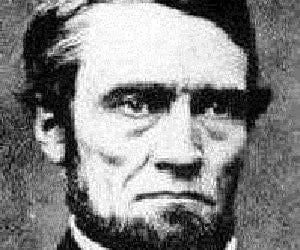
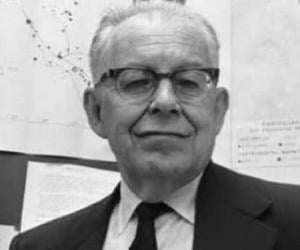
US physicist and seismologist Charles Francis Richter is best known for co-creating the Richter magnitude scale for measuring the intensity of earthquakes, along with Beno Gutenberg. He taught at Caltech and tracked down earthquake-prone areas of the US. A naturist, he was also fond of nudist communities.
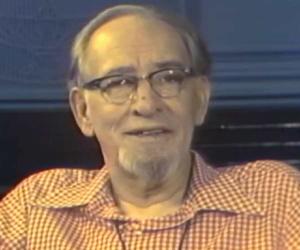
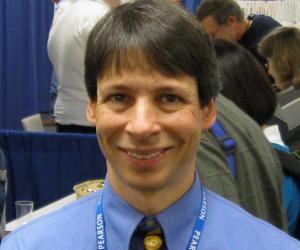
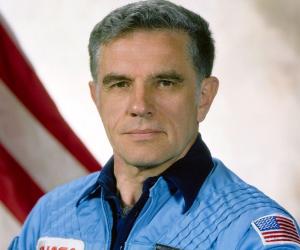
Karl Gordon Henize was a space scientist and astronaut who authored seventy papers on astronomy. He was posted at various observatories round the world. Later on, he joined NASA as scientist-astronaut and flew on space shuttle Challenger as a mission specialist.
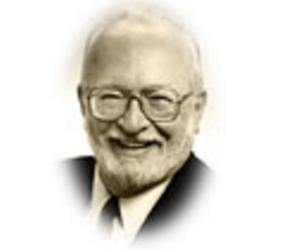
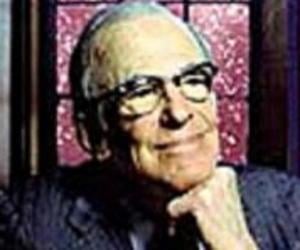
Lyman Spitzer was an American theoretical physicist, mountaineer, and astronomer. He was known for his research into star formation and plasma physics. He is credited with the invention of the stellarator plasma device and he was the one who first conceived the idea of telescopes operating in outer space. He was a founding member of the World Cultural Council.
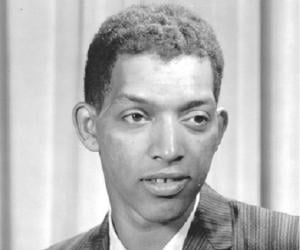
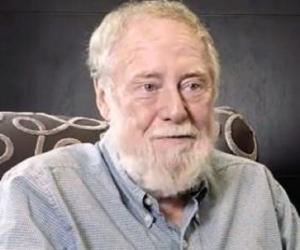
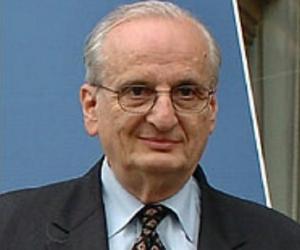
Best known for his pathbreaking study on angiogenesis, Judah Folkman discovered that tumors required blood vessels to survive, while on duty as a navy doctor. The son of a rabbi, he chose to study medicine instead of following in his father’s footsteps and ended up graduating from Harvard.
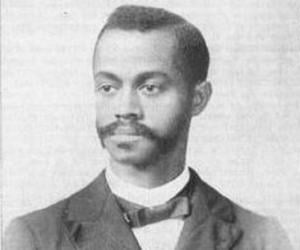
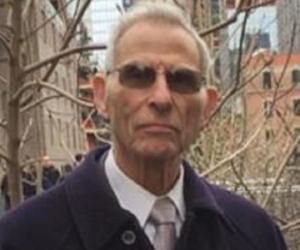
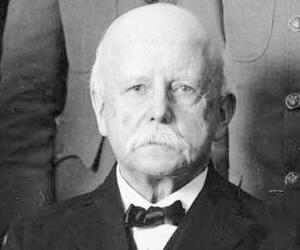
US physicist and meteorologist Thomas Corwin Mendenhall is remembered for pioneering the use of the ring pendulum for the measurement of absolute gravity. He taught at the Ohio State University, the US Signal Corps, and the Tokyo Imperial University. He also developed the weather service of Ohio.
William Lipscomb was an American inorganic and organic chemist. He is best remembered for winning the 1976 Nobel Prize in Chemistry. He won the award for studying the structure of boranes, which thew light on the problems of chemical bonding. William Lipscomb is also remembered for his work in theoretical chemistry, nuclear magnetic resonance, biochemistry, and boron chemistry.
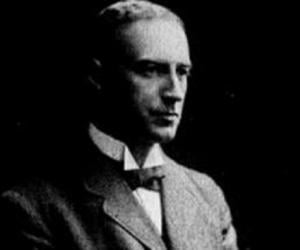
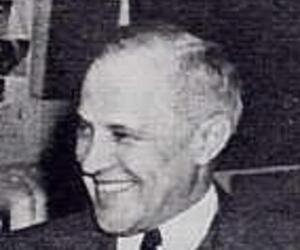

Geneticist James V. Neel is known for his extensive research on genetic epidemiology and often studied sickle-cell disease and thalassemia. He also studied the effect of ionizing radiation on the survivors of the Hiroshima and Nagasaki bombings. He had also penned several books and over 600 scientific articles.
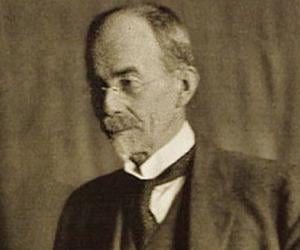
John Jacob Abel was a biochemist and pharmacologist who established the pharmacology department at Johns Hopkins University School of Medicine. While at Hopkins, he made several important medical advancements. He made significant contributions in the field of hormone extraction and founded the Journal of Biological Chemistry. He was a recipient of the Conne Medal and the Kober Medal.
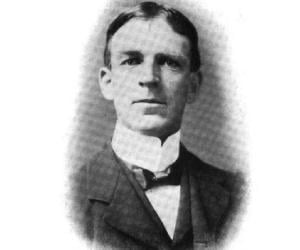
Though William Wallace Campbell initially studied civil engineering, he later developed a love for astronomy. Starting his career as a math professor, he later taught astronomy and became the director of the Lick Observatory. He is best remembered for his research on astronomical spectroscopy and binary stars.
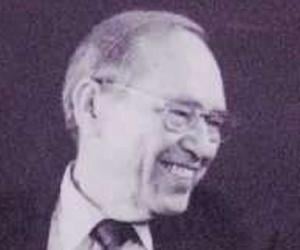

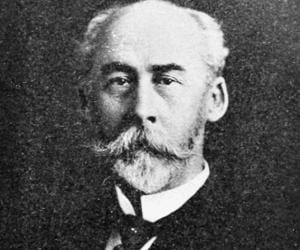
American explorer, anthropologist, and archaeologist William Henry Holmes was a pioneer of professional archaeology in the US. He was also a geologist and a scientific illustrator. He had been a curator at the Smithsonian Institution and had been the director of the National Gallery of Art.
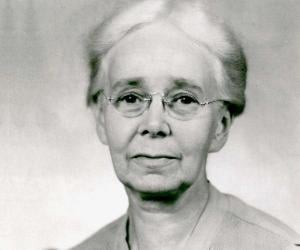
Leading American botanist and ecologist, E. Lucy Braun, an expert on the forests of the eastern United States, was noted for her pioneering work in plant ecology. She advocated and made efforts to conserve natural areas and establish nature reserves. She served as a professor of University of Cincinnati and as the first woman President of Ecological Society of America.
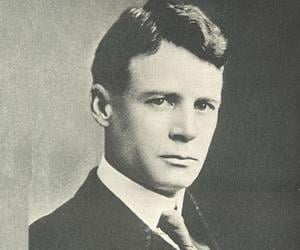
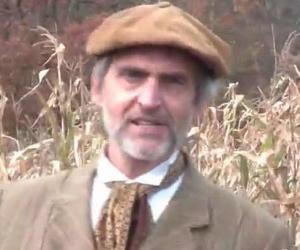
George Harrison Shull gained fame not just as a plant geneticist but also for his pioneering discovery of hybrid corn, or maize. He also coined the term heterosis. He taught at Princeton for 27 years and also established the journal Genetics, serving as its managing editor.
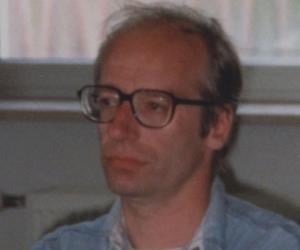
Robert Huebner was an American virologist and physician best remembered for his research into viruses and the connection between viruses and cancer. His research led to new treatments and earned him the prestigious National Medal of Science in 1970. Robert Huebner was also inducted into the US National Academy of Sciences.

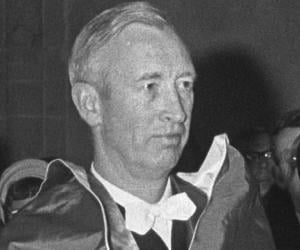
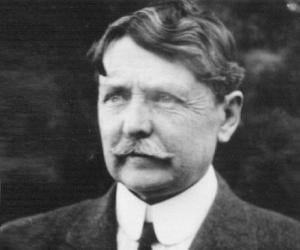
Though interested in photography and astronomy since an early age, Charles Dillon Perrine failed to fund a proper college education. His zeal earned him a job at the Lick Observatory. Apart from discovering two moons of Jupiter, Himalia and Elara, he also served as the director of the Argentine National Observatory.
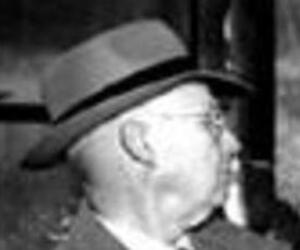
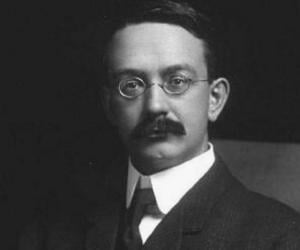
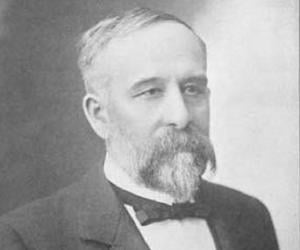
Charles Edwin Bessey was an American botanist and educator. He is remembered for his work in prestigious education institutions like the Iowa Agricultural College and the University of Nebraska. Apart from working as a professor, he also served as the head dean and later as Chancellor of the University of Nebraska. Bessey is a Nebraska Hall of Fame inductee.


MIT and Harvard alumnus James L. Elliot returned to MIT as a professor after completing his postdoctoral research at Cornell. He is best remembered for discovering Uranus’s rings. His research also included Pluto and Triton. He also contributed to astrophotography by developing a special telescope camera for the Las Campanas Observatory.

Invertebrate paleontologist Charles Schuchert had initially been part of his father’s furniture business. After his father’s death, he developed an affinity for studying fossils while working to support his family. He later came to be known as a pioneer in the study of paleogeography and also taught at Yale.

Donald Edward Osterbrock is best remembered for his research on the Milky Way and the stellar structure and later specialized in the history of astronomy. His studies on the nebulae and galaxies are invaluable. He was associated with Caltech and had also been the director of the Lick Observatory.
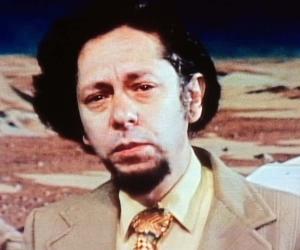
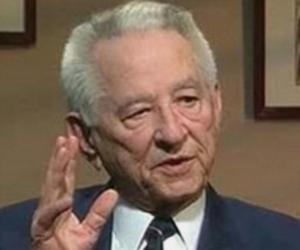
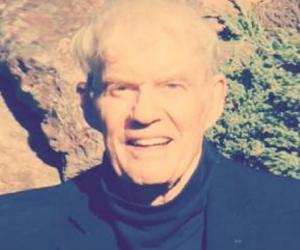
A pilot’s son, Charles Stuart Bowyer excelled in physics and became a professor at the University of California at Berkeley. A pioneer of extreme ultraviolet astronomy, he spearheaded the launch of the first EUVE satellite and also pushed for the search for extra-terrestrial intelligence. He died of COVID-19 complications.
